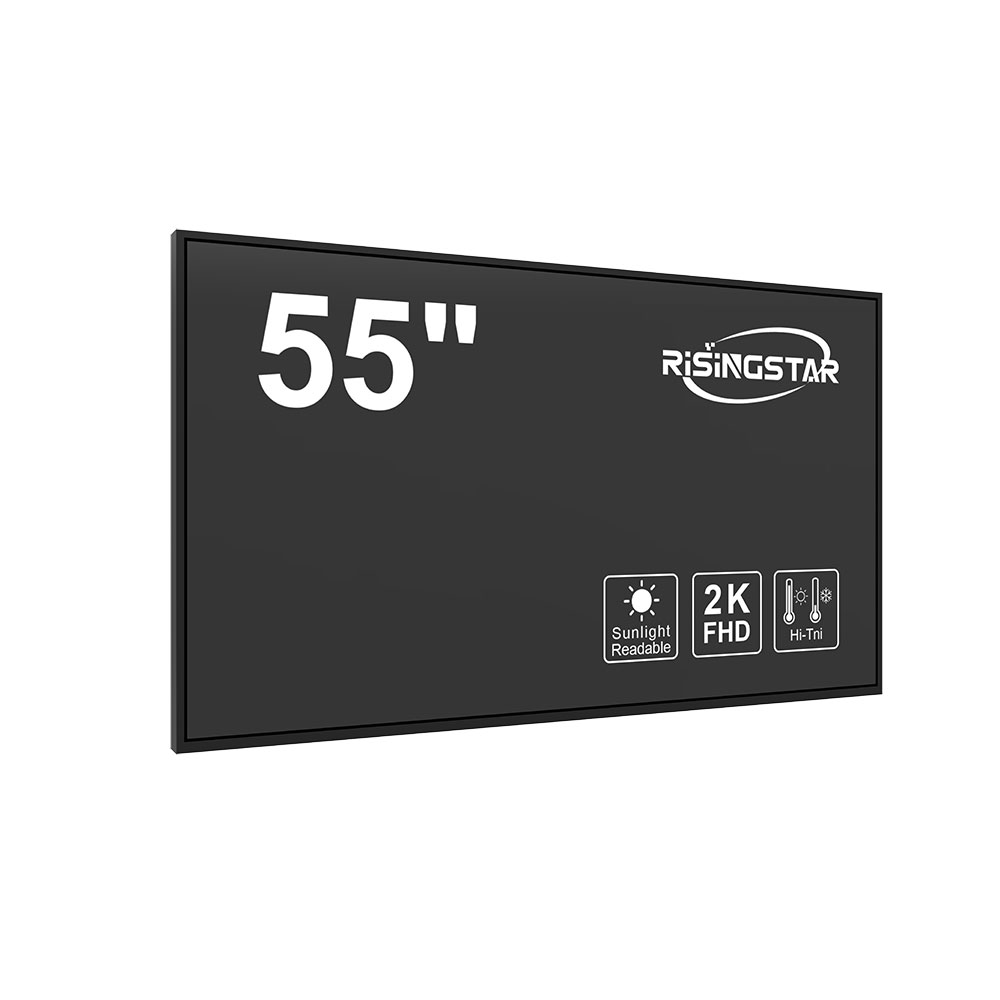- Home
- About Us
- Products
- News
- Video
- Contact
- Send Inquiry
Search
- Home
- About Us
- Products
- News
- Video
- Contact
- Send Inquiry

When selecting an outdoor LCD screen for commercial, public, or industrial applications, it's critical to prioritize both visibility under direct sunlight and long-term durability in harsh environments. Unlike indoor displays, outdoor screens must operate reliably in temperatures ranging from -30°C to 60°C, withstand rain, dust, UV radiation, and mechanical stress—factors that directly influence performance and lifespan.
First, evaluate brightness levels. The standard brightness for indoor LCDs is around 300–500 nits, but for outdoor use, you need at least 5,000 nits to maintain legibility under full sun. According to the Society of Information Display (SID), professional-grade outdoor LCDs typically exceed 7,000 nits for high-visibility applications like transit information systems or digital signage in urban plazas. This brightness level ensures content remains sharp even during peak daylight hours.
Next, consider the display’s environmental sealing. Look for IP65 or higher ratings—indicating protection against water jets and dust ingress—as defined by IEC 60529 standards. For installations in coastal areas or industrial zones, IP68 with additional corrosion-resistant coatings is recommended. These certifications are essential for preventing moisture-related failures and extending screen life beyond 10 years.
Additionally, assess the panel technology. Transmissive LCDs perform poorly in bright conditions, whereas reflective or transflective modes, especially those using advanced LED backlighting such as local dimming or quantum dot enhancement, provide superior contrast ratios and energy efficiency. High-end models now integrate dynamic brightness control, which automatically adjusts luminance based on ambient light sensors—reducing power consumption while maintaining readability.

For longevity, examine the screen’s thermal management system. Many outdoor units incorporate passive heat sinks, active fans with dust filters, or liquid cooling mechanisms. A well-designed thermal architecture prevents overheating, a common failure point in high-temperature regions like deserts or tropical climates.
Finally, ensure compatibility with remote monitoring and maintenance tools. Modern outdoor displays often feature embedded diagnostics, cloud-based firmware updates, and predictive failure alerts. These capabilities reduce downtime and lower total cost of ownership (TCO), making them ideal for smart city deployments or retail chains managing multiple sites globally.

In summary, choosing the right outdoor LCD involves balancing brightness, environmental resilience, panel technology, thermal design, and intelligent features. With proper planning and adherence to industry standards like EN 60950-1 and UL 1950, businesses can deploy reliable, future-proof digital signage solutions across diverse outdoor environments.